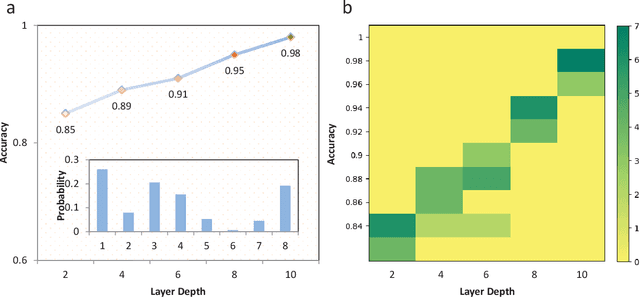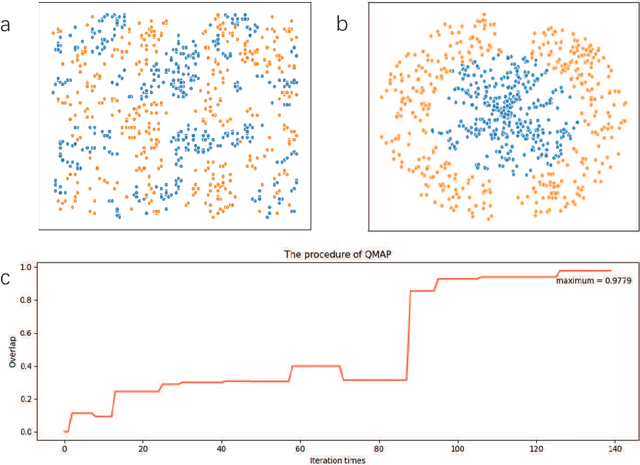Sujuan Qin
Adaptive Jailbreaking Strategies Based on the Semantic Understanding Capabilities of Large Language Models
May 29, 2025Abstract:Adversarial attacks on Large Language Models (LLMs) via jailbreaking techniques-methods that circumvent their built-in safety and ethical constraints-have emerged as a critical challenge in AI security. These attacks compromise the reliability of LLMs by exploiting inherent weaknesses in their comprehension capabilities. This paper investigates the efficacy of jailbreaking strategies that are specifically adapted to the diverse levels of understanding exhibited by different LLMs. We propose the Adaptive Jailbreaking Strategies Based on the Semantic Understanding Capabilities of Large Language Models, a novel framework that classifies LLMs into Type I and Type II categories according to their semantic comprehension abilities. For each category, we design tailored jailbreaking strategies aimed at leveraging their vulnerabilities to facilitate successful attacks. Extensive experiments conducted on multiple LLMs demonstrate that our adaptive strategy markedly improves the success rate of jailbreaking. Notably, our approach achieves an exceptional 98.9% success rate in jailbreaking GPT-4o(29 May 2025 release)
DDIM-Driven Coverless Steganography Scheme with Real Key
Nov 19, 2024Abstract:Typical steganography embeds secret information into images by exploiting their redundancy. Since the visual imperceptibility of secret information is a key factor in scheme evaluation, conventional methods aim to balance this requirement with embedding capacity. Consequently, integrating emerging image generation models and secret transmission has been extensively explored to achieve a higher embedding capacity. Previous works mostly focus on generating stego-images with Generative Adversarial Networks (GANs) and usually rely on pseudo-keys, namely conditions or parameters involved in the generation process, which are related to secret images. However, studies on diffusion-based coverless steganography remain insufficient. In this work, we leverage the Denoising Diffusion Implicit Model (DDIM) to generate high-quality stego-images without introducing pseudo-keys, instead employing real keys to enhance security. Furthermore, our method offers low-image-correlation real-key protection by incorporating chaotic encryption. Another core innovation is that our method requires only one-time negotiation for multiple communications, unlike prior methods that necessitate negotiation for each interaction.
Bayesian machine learning for Boltzmann machine in quantum-enhanced feature spaces
Dec 20, 2019



Abstract:Bayesian learning is ubiquitous for implementing classification and regression tasks, however, it is accompanied by computationally intractable limitations when the feature spaces become extremely large. Aiming to solve this problem, we develop a quantum bayesian learning framework of the restricted Boltzmann machine in the quantum-enhanced feature spaces. Our framework provides the encoding phase to map the real data and Boltzmann weight onto the quantum feature spaces and the training phase to learn an optimal inference function. Specifically, the training phase provides a physical quantity to measure the posterior distribution in quantum feature spaces, and this measure is utilized to design the quantum maximum a posterior (QMAP) algorithm and the quantum predictive distribution estimator (QPDE). It is shown that both quantum algorithms achieve exponential speed-up over their classical counterparts. Furthermore, it is interesting to note that our framework can figure out the classical bayesian learning tasks, i.e. processing the classical data and outputting corresponding classical labels. And a simulation, which is performed on an open-source software framework for quantum computing, illustrates that our algorithms show almost the same classification performance compared to their classical counterparts. Noting that the proposed quantum algorithms utilize the shallow circuit, our work is expected to be implemented on the noisy intermediate-scale quantum (NISQ) devices, and is one of the promising candidates to achieve quantum supremacy.
 Add to Chrome
Add to Chrome Add to Firefox
Add to Firefox Add to Edge
Add to Edge